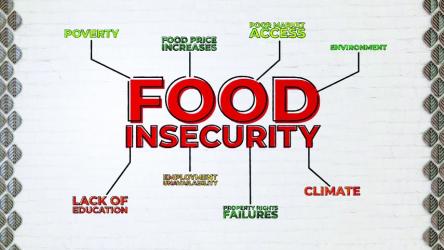'US will resume testing nuclear weapons'
A Trident II D5 missile capable of carrying a nuclear warhead is test-launched from a US ballistic missile submarine in 2018. -ReutersPresident Donald Trump has called on US military ...
A court in Dhaka on Monday imposed a travel ban on two persons, including late film superstar Salman Shah's ...

Amazon confirms 14,000 job losses in corporate division

Brazil's Lula Da Silva seeks presidency for fourth term

Lithuania will shoot down smuggling balloons: PM

Wang Yi urges China and Japan to build constructive and stable ties

UK Home Office squandered billions of pounds on asylum hotels: MPs
Bangladesh captain Litton Das has lashed out at the approach of ShamimHossainPatwariafter his team's 16-run loss to West Indies ...

Malaika Arora finally addresses confusion over her age

Rashmika Mandanna battles love and confusion

Janhvi says she 'pretends to be dumb' to tackle male egos in Bollywood

Deepika and Ranveer share first glimpse of daughter Dua on Diwali



14 September 2024 marked the 11th founding anniversary of The Asian Age, a daily English newspaper. I founded ...
Sri Lanka is at the cusp of a transformative journey, as it embraces ...
For Chinese President Xi Jinping, a landmark meeting with US President Donald Trump expected this week is a moment ...
Nazifa Bashir Crime is an act of violation against signified rules, regulations, and laws designed ...
The NARS Scientists Association of Bangladesh was formally launched through a general meeting held at ...
Founded by seasoned veterans withalmost two decades of industry experience, Boss Man Film formerly ...
Growing up in a Bengali household, weekends were always a special time. One of the most cherished rituals was ...